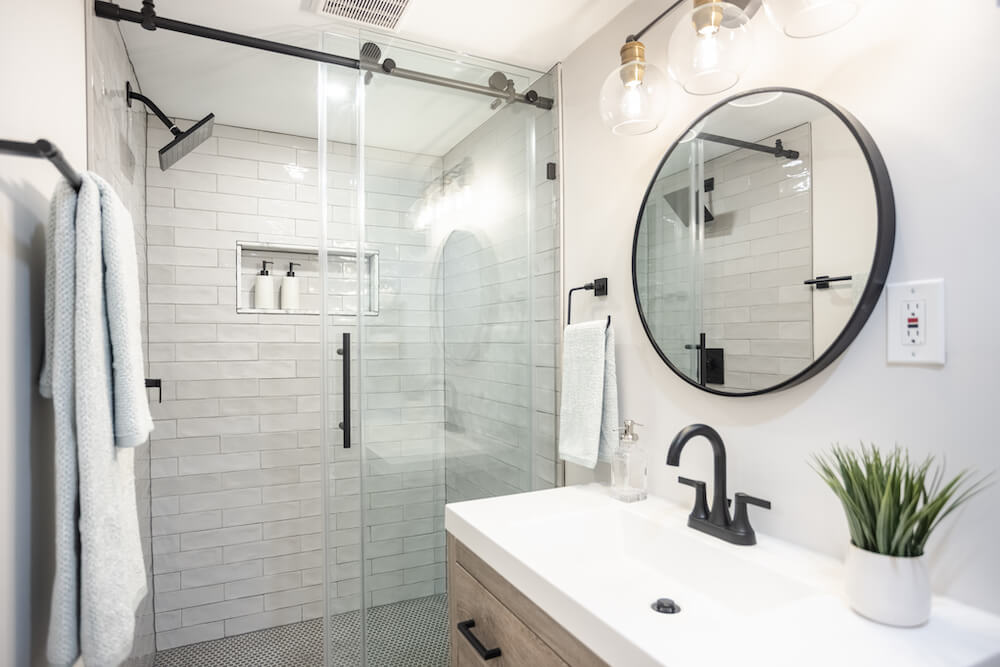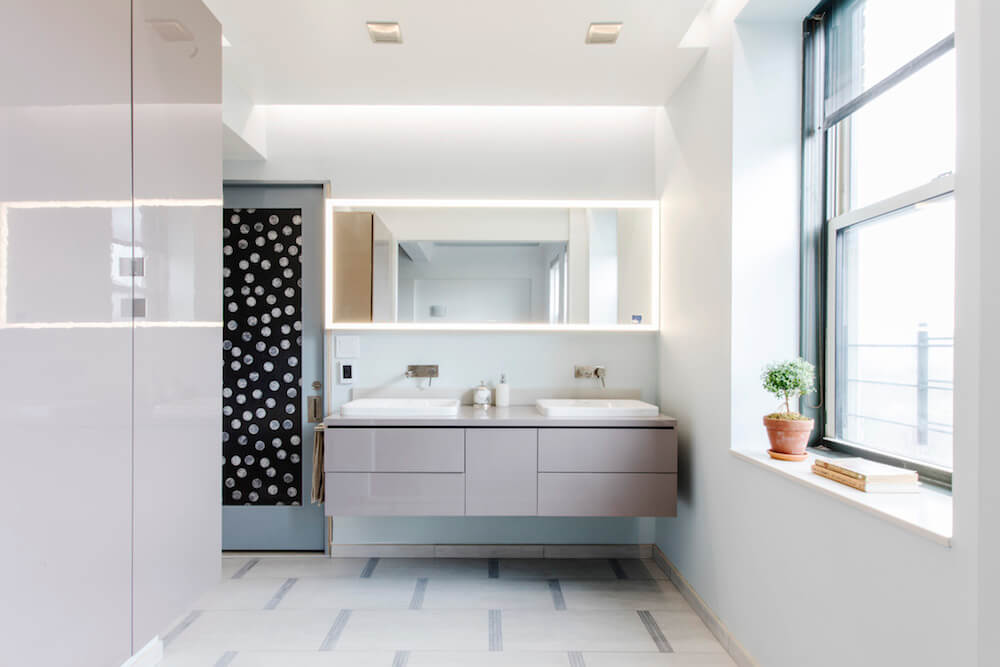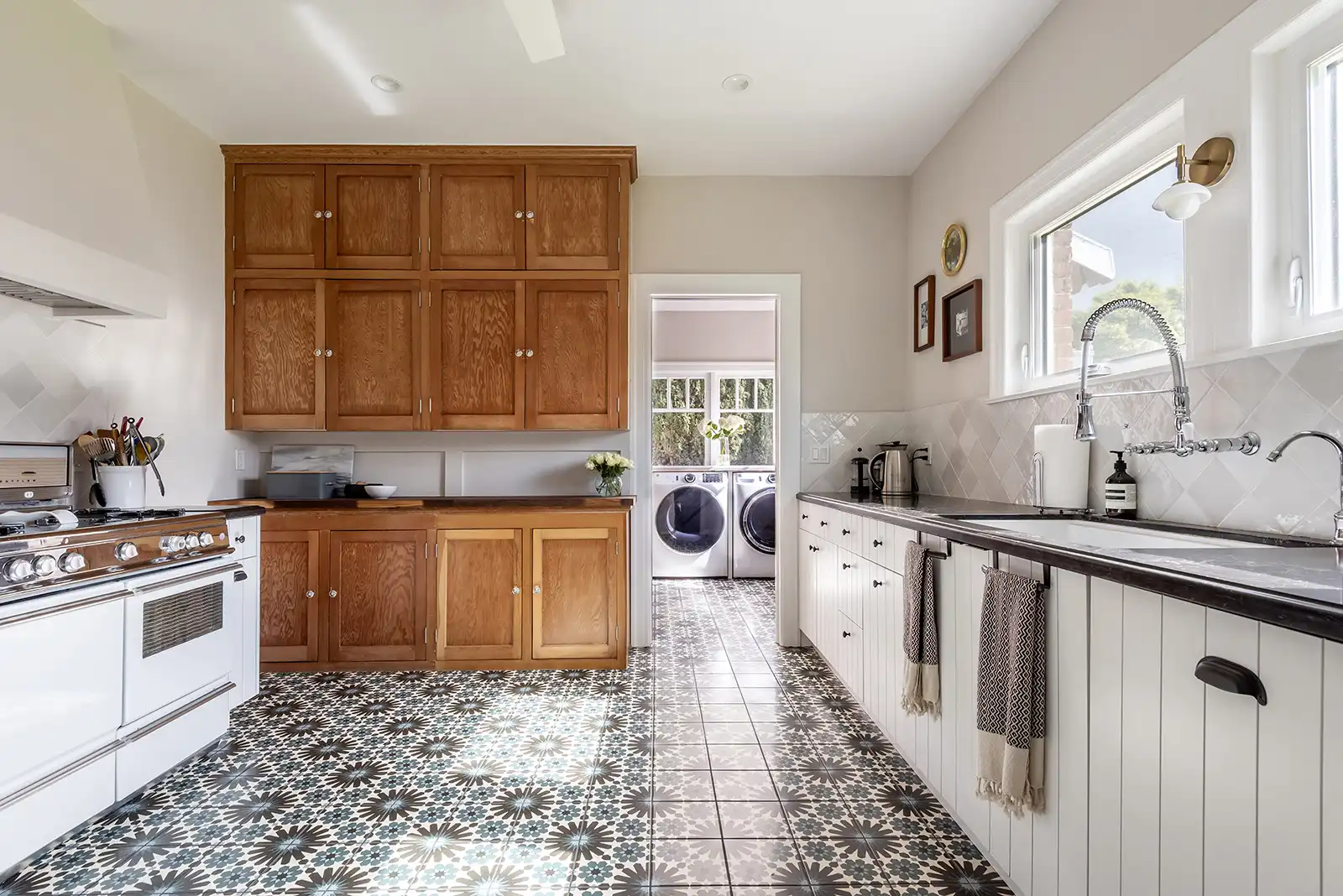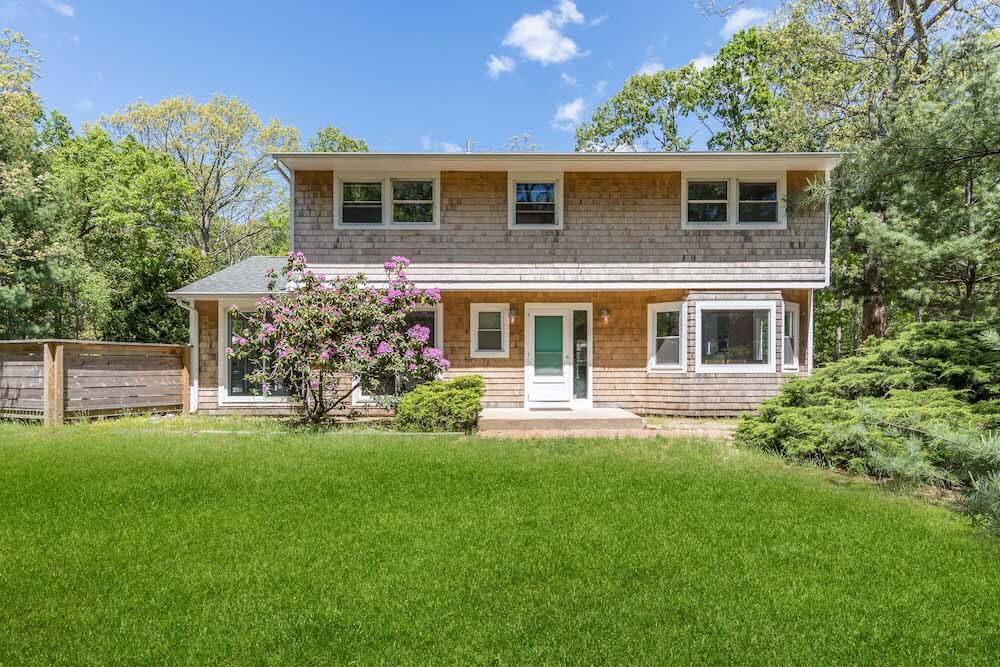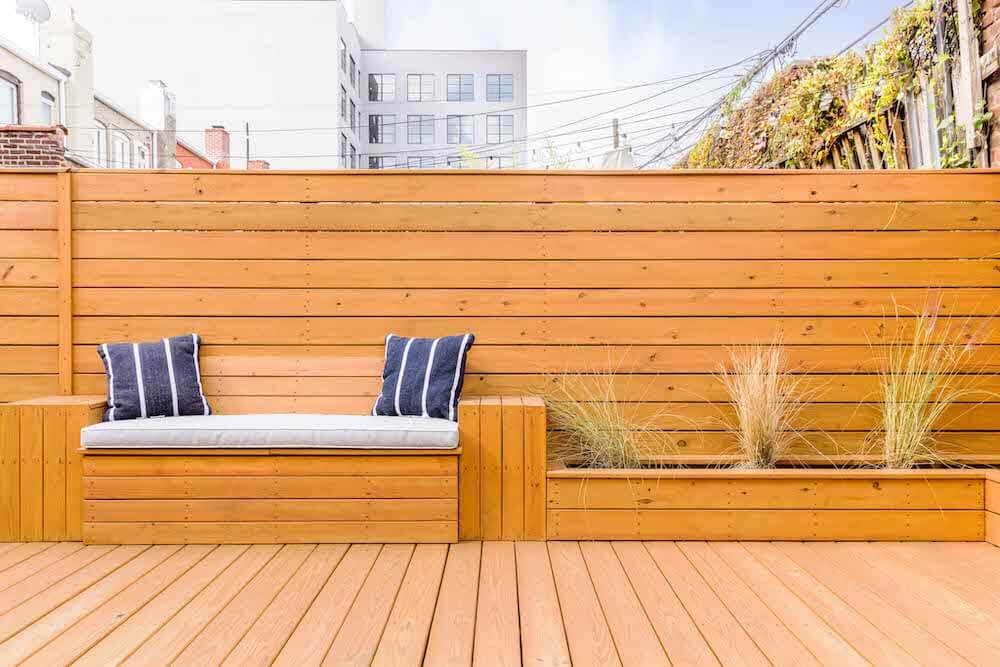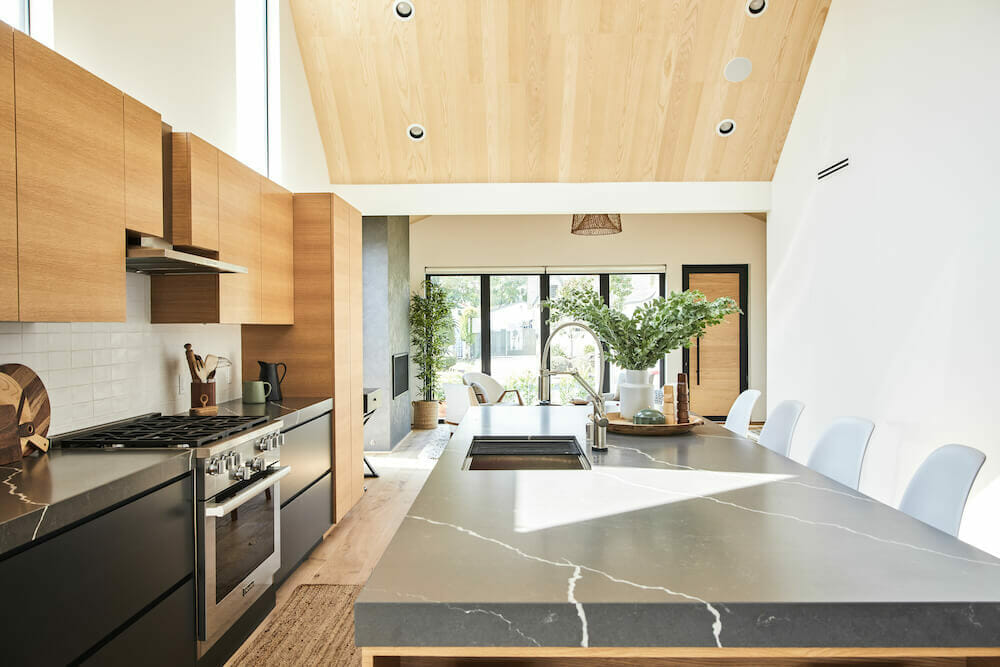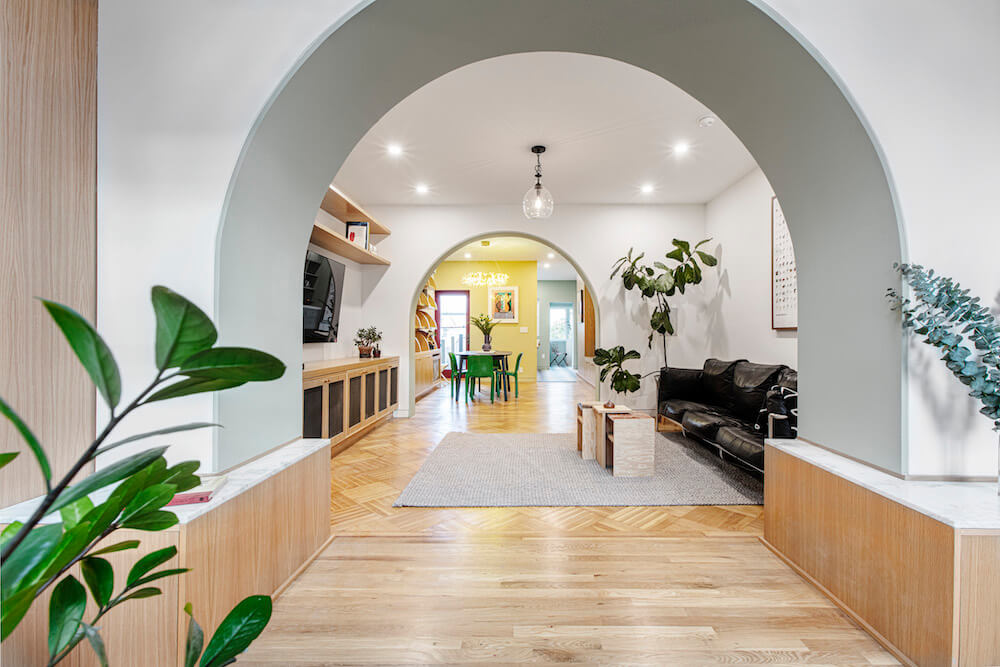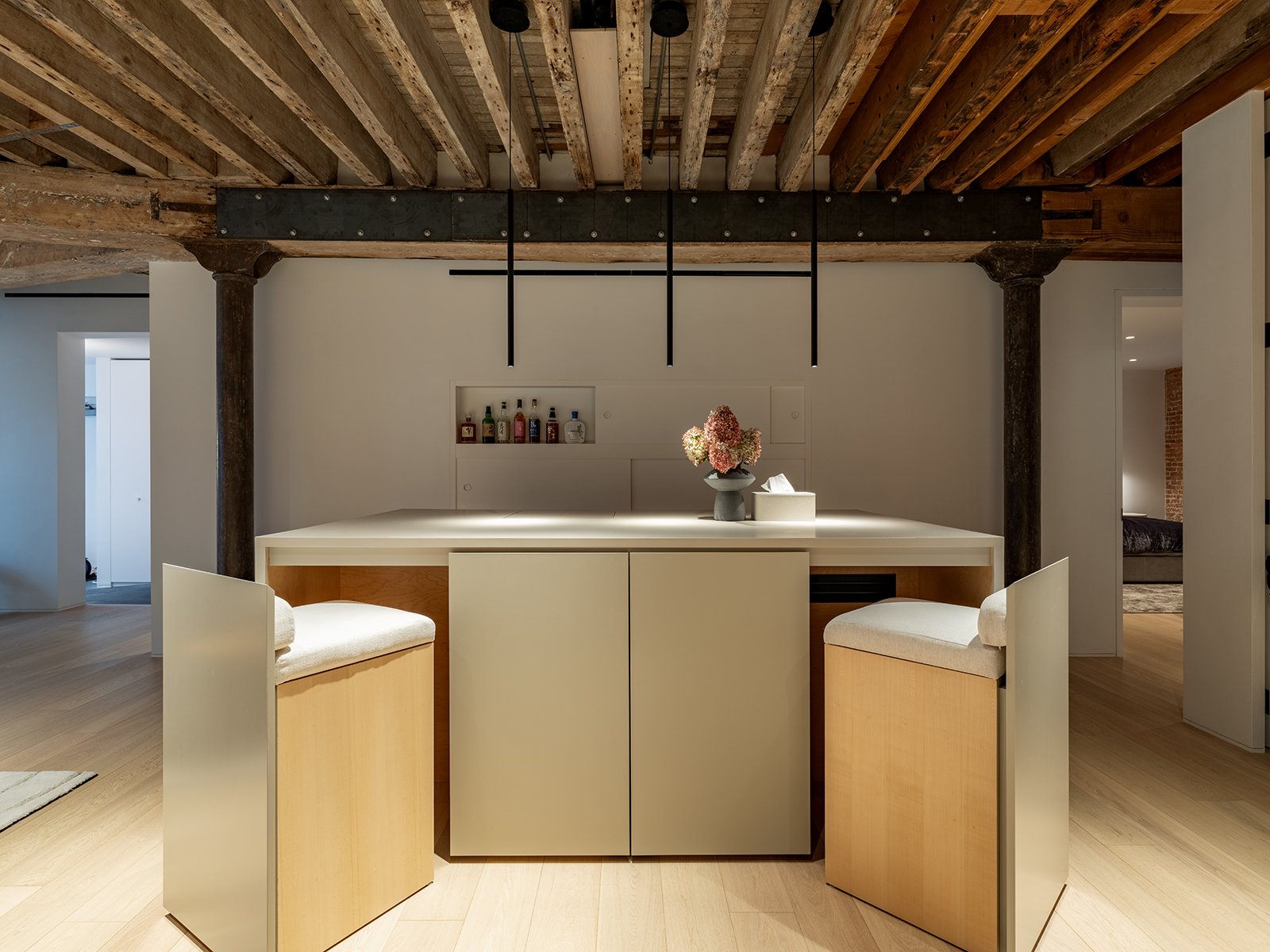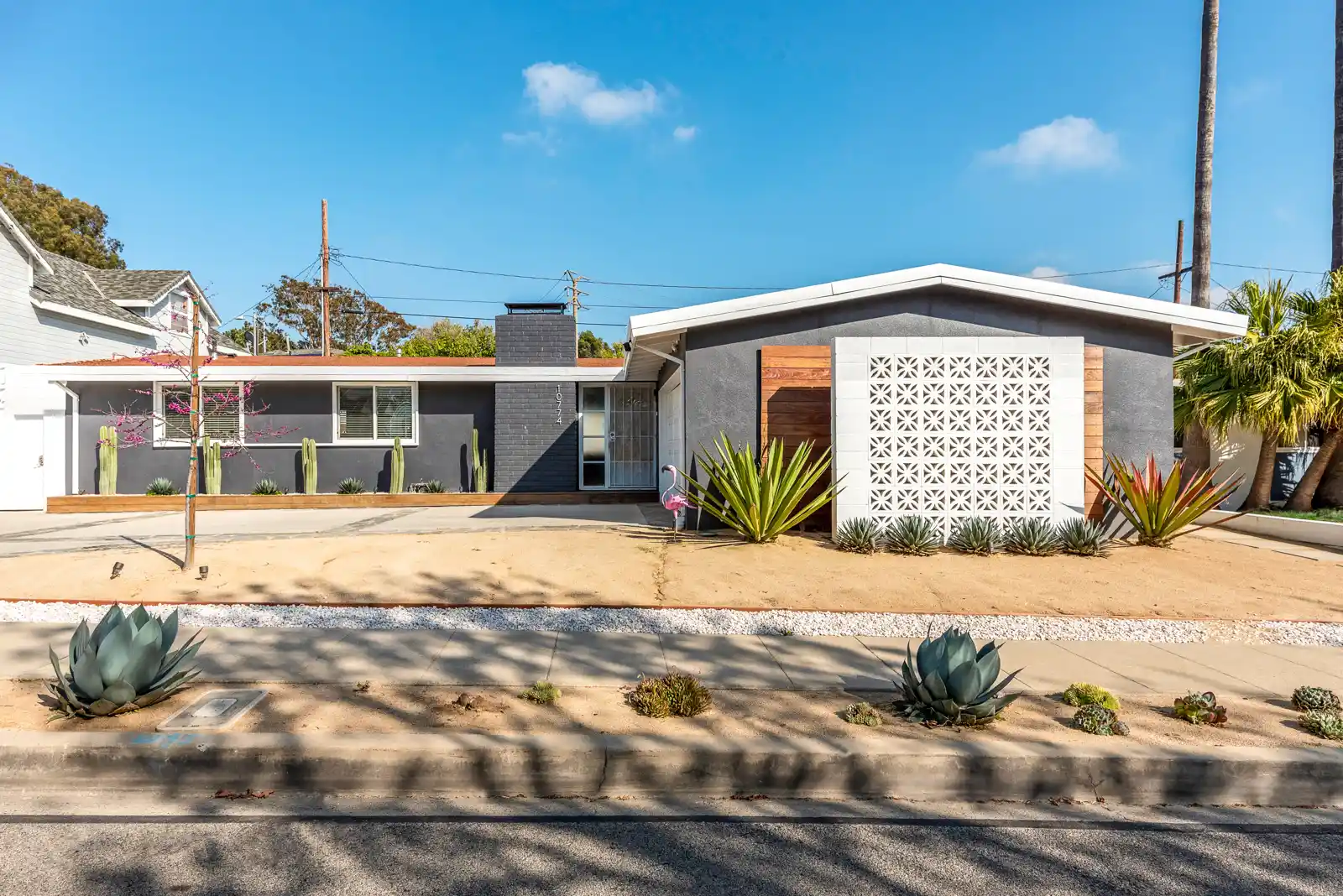Expert Tips for Renovating a Historic Home in Washington DC
Embarking on a renovation of a historic home in the Washington DC area is a thrilling yet challenging endeavor. These old home renovations often possess unique architectural features and historical significance. However, they may also require special considerations to preserve their character while modernizing them for contemporary living.
In this comprehensive guide, we’ll delve into the intricacies of historic home remodels in the Washington DC area. From understanding local regulations and preservation guidelines to selecting appropriate materials and finishes, we’ll provide you with expert advice to ensure a successful and satisfying project.
Also, we’ll discuss the importance of hiring experienced home restoration contractors who specialize in working with pre-war homes. These professionals can offer valuable insights and ensure that your renovation project is carried out with the utmost care and respect for the property’s historical integrity.
Sweeten matches home renovation projects with vetted general contractors, offering advice, support, and secure payments—for free.
Where do you start when renovating an old house?
Start with your vision for the result. Consider all that you want and prioritize those features with your budget. Talk with a contractor as early in the process as possible. Go over the mandatory elements, such as electrical and plumbing, that will have to meet current code requirements. Older homes typically need complete upgrades of:
- Electrical: Older homes need more outlets, plain and simple. Adding plenty of USB outlets makes sense, too, as they allow you to dispense with the extra adapter. Many older homes still suffer from antiquated lighting, with just a solitary ceiling fixture, if that. Energy-efficient puck lights and sconces should be part of any renovation.
In addition, an updated home should have a 200-amp service, which you’ll learn about through an electrical audit. If you want photovoltaic panels and are allowed to install them, discuss whether the system should be part of your planning with your contractor.
Plumbing:
- Efficiency and style: Modern plumbing fixtures like low-flow showerheads and wall-mounted toilets offer both style and functionality.
- Water heaters: Consider tankless water heaters for unlimited hot water or heat-pump water heaters for greater efficiency.
HVAC System:
- Energy-efficient options: Heat pumps and mini-split systems are becoming increasingly popular for their energy efficiency.
- Air quality: Invest in effective air filtration systems and energy recovery ventilators to improve indoor air quality.
Windows:
- Functionality and aesthetics: Windows are both practical and visually appealing elements of your historic home.
- Features: Choose from windows with features like wider openings, triple panes, and advanced coatings for improved performance and energy efficiency.
Note: When renovating a historic home, it’s important to select materials and fixtures that complement the original style and character of the building. Consult with home restoration contractors who specialize in old home renovations for guidance on preserving the home’s heritage while incorporating modern updates. Sweeten brings homeowners an exceptional renovation experience by personally matching trusted general contractors to your project, while offering expert guidance and support—at no cost to you. Renovate to live, Sweeten to thrive!
Improved performance is laudable, but costs can balloon for small gains in performance. Your choice of windows is a judgment call, so go over this carefully with your general contractor. You should also do research on the window manufacturers and products so you can learn and ask questions. Windows are a major expense (and are not easily changed,) so take the time to get it right.
Woodwork:
- Preservation and restoration: Many pre-war homes feature high-quality handcrafted woodwork. While time takes its toll, preserving and restoring these elements often offers the best value.
- Architectural salvage: Incorporate architectural salvage pieces to add character and history to your renovation.
- Plaster walls: Distressed plaster walls are a common feature in pre-war homes. While they may crack more easily, they offer a unique and historic aesthetic.
Note: When working with pre-war homes, it’s essential to consider the historical significance of existing elements and make informed decisions about restoration or replacement. Consulting with home restoration contractors who specialize in old home renovations can provide valuable guidance and expertise.
Fortunately, this is a relatively easy fix—getting the right plaster pro on the job. Your contractor will make sure new and old blends perfectly, make repairs properly, and leave you feeling great about this subtle yet important element. 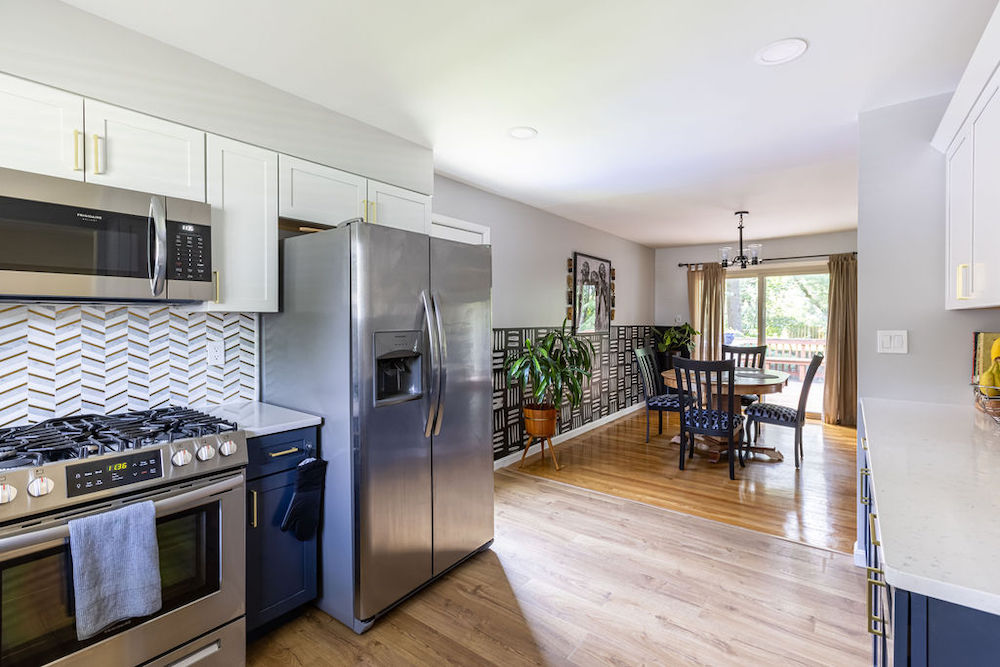
Kitchen upgrades in old homes
Because of the intensity of use as the hub of most homes, your kitchen deserves more focus and more of the budget. Not surprisingly, you’ll make more materials and feature choices for the kitchen, as well. Do you really want a six-burner range, or should that money go elsewhere? One feature we strongly recommend is the best cabinets you can afford. Here, you have options.
“Off-the-rack” cabinets have improved tremendously in the last few years as manufacturers have stepped up to meet the demand for both style and functionality. By their nature, off-the-rack or in-stock cabinets will offer fewer choices, but that may be fine if you’re happy with the finishes and sizes offered.
Semi-custom and custom cabinets can provide nearly anything you want, such as finishes, specialized hardware, and sizes to fit any space. You can usually expect upgraded cabinets to show better fit and finish, but you might have to wait for them to be built. This shouldn’t be a problem, as you’ll have many renovation tasks to complete before the cabinets go in.
Another upgrade that might fly under your radar is a heavier sink, either of stainless steel or synthetic material. This is a subjective thing, but heavier sinks just feel solid and have a better, quieter tone with water running on them.
Exterior elements have endured a lot
Outside, the humid climate in Washington, D.C. is no friend to structures. The mortar in historic brick buildings, for example, needs maintenance periodically. Old bricks were much softer than current bricks, and older lime mortars were more flexible than modern mortars. These older materials worked well together.
Today, however, modern mortar costs about half of the traditional lime mortar, so many repairs over the last couple of decades have used the newer, less pliable mortar, leading to bricks cracking and crumbling, instead of the mortar. Typically, you’ll find lime mortar in cream or black tones, while the modern mortar is gray. Check this out and talk with your contractor about how much work needs to be done.
Challenges for layout changes and additions
While these renovation decisions are happening, consider the layout of your home. Does it work for your family, or does it need help? The need for a more functional design may in fact be the driving force behind the entire renovation. Do you need more square footage or just a refinement of the layout? Whether or not you’re able—either physically or legally—to add more square feet is a major factor.
Row homes, for example, may be impossible to add on to. For other homes, setbacks and/or various associations may prohibit changing the home’s footprint, even if the lot has room. If your contractor has worked on other projects in your neighborhood, he or she may already know what’s possible. Nonetheless, it doesn’t hurt to double-check with your historic district.
Allowing for surprises
It’s inevitable to have a few surprises while remodeling pre-war homes. But budgeting for them and preparing mentally, plus going through the house thoroughly with your contractor, will minimize the chances of a major surprise. You’ll also have permits to pay for, and for this, you’ll want to coordinate with your contractor.
Ready to get started?
Post your project on Sweeten for free and make your dream home a reality. Sweeten puts you in control of your renovation, from finding the perfect contractor and gathering design inspiration, to using cost guides to plan your budget wisely.
